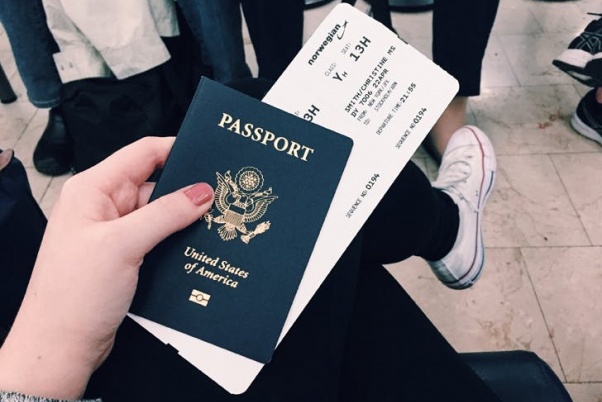Before you think of ditching your boarding passes

While you might be tempted to dispose of your airline boarding passes straight after your flight – or even just leave them in the seat pocket – there are plenty of reasons you should hold onto all of them until your journey is complete.
For example, without a valid boarding pass to show, you might not be able to file any travel insurance claims after your trip, chase up any frequent flyer points that don’t automatically appear in your account, help locate your baggage if it doesn’t appear on the belt, and more.
Here are just some of the reasons you should keep your boarding passes safely stored until you return home, and when it’s okay to finally dispose of them.
1. You may need them for a travel insurance claim
Even if your claim doesn’t relate to the flight itself, you may be asked to supply copies of your boarding passes and also airline tickets to either prove that you were travelling, or that you departed from Australia and returned home during the dates covered by your policy.
2. Claiming missing frequent flyer points is tricky without them
Most of the time, points arrive on their own – but when you do need to submit a missing points claim, you’ll often be asked to send through a copy of the boarding pass for the flight in question: particularly when travelling on a partner airline of your ‘home’ frequent flyer program.
Some schemes take this one step further and even ask for your seat number during the claim process, which won’t often be shown on your airline ticket, but naturally does appear on your boarding pass.
3. Your barcode contains confidential booking information
As we’ve covered previously, it’s best not to leave your boarding pass on the aircraft – or snap a photo and share it on social media unredacted – as the barcode printed on the boarding pass can contain far more information than displayed in plain text.
This can include your booking reference number or ‘PNR’, which provides online access to your itinerary and could be used for flight or seating changes, or to access personal information such as passport details, contact numbers, or potentially even frequent flyer accounts.
4. Your checked baggage receipts may be on the back
Safely arrived at your destination but your checked bag hasn’t?
When lodging your missing luggage report at an airline’s service desk, they’ll need to know which baggage tag they’re searching for: and your baggage stickers or receipts are often attached to the back of your boarding pass, or printed on the front alongside your other information.
In some cases – such as when flying with Qantas – your baggage receipt is printed on a card that otherwise looks like a boarding pass, which should again be kept together until all bags are returned.
5. Your boarding pass could unlock airport lounge access on arrival
After taking a domestic flight with Qantas or Virgin Australia, some travellers have the privilege of accessing an airport lounge at their destination before heading into the city, and the easiest way to do this is to flash the boarding pass from your inbound flight.
So, when should you dispose of your boarding pass?
As a rule, I hold onto my boarding passes from every trip until I’ve returned home, know that I won’t need to make a travel insurance claim from that journey, have confirmed that any frequent flyer points owed have been credited correctly, and have been reunited with any checked bags.
Assuming the boarding passes aren’t needed for anything else – as some companies may require them to support travel expense claims – only then are they disposed of, by going through the shredder.
by Chris Chamberlin | April 1, 2019
